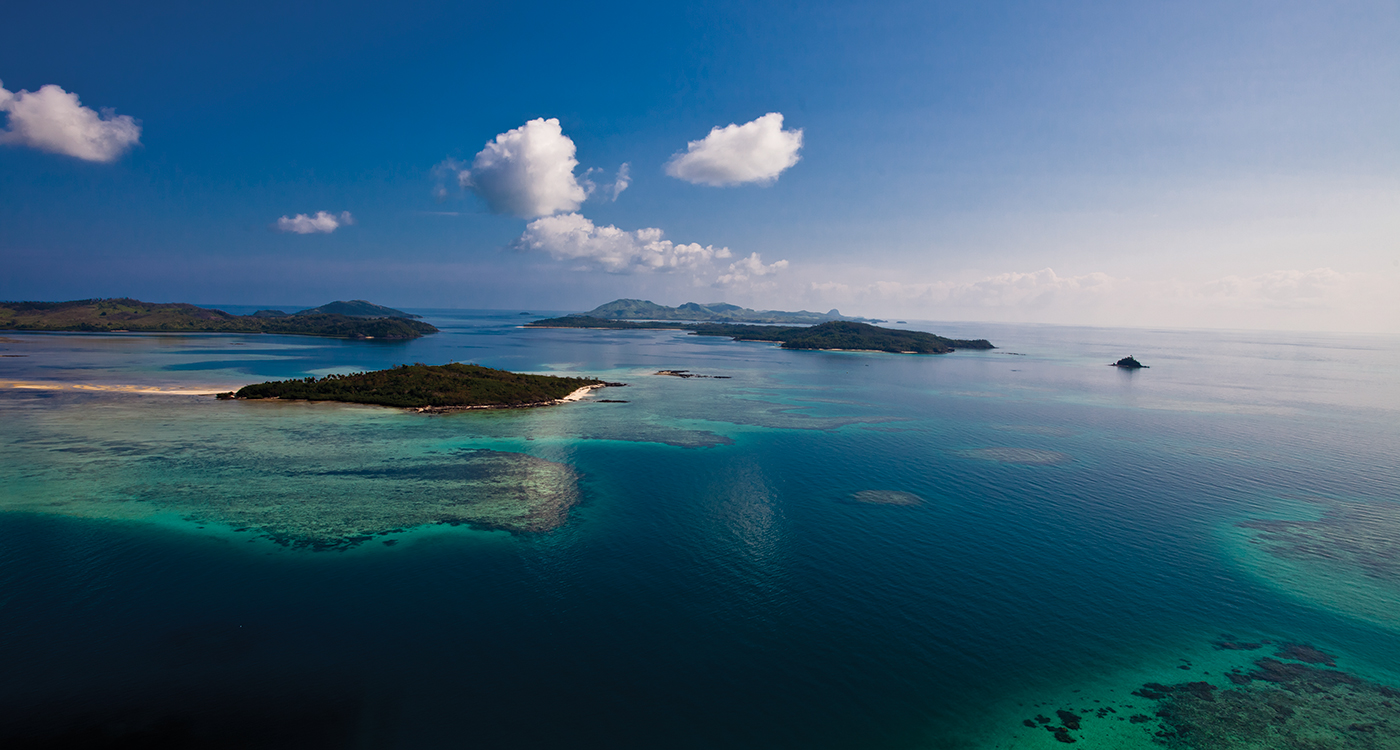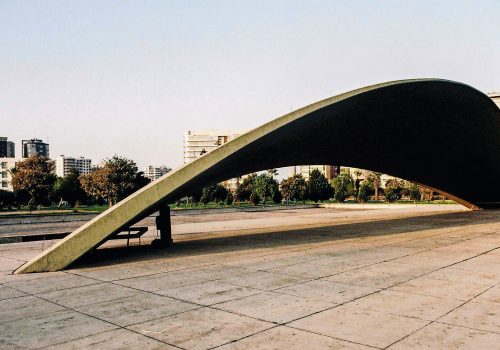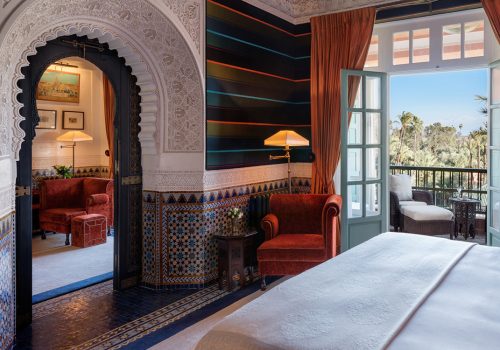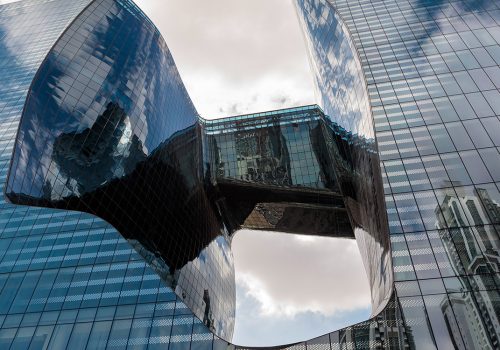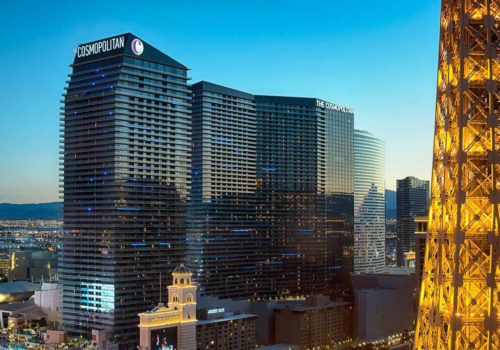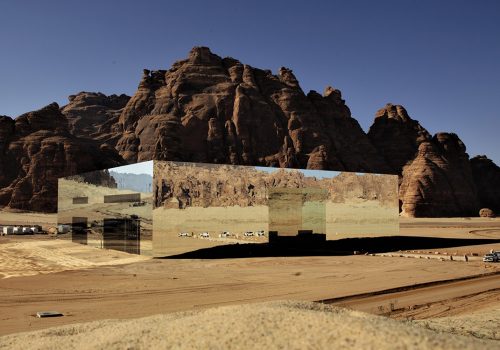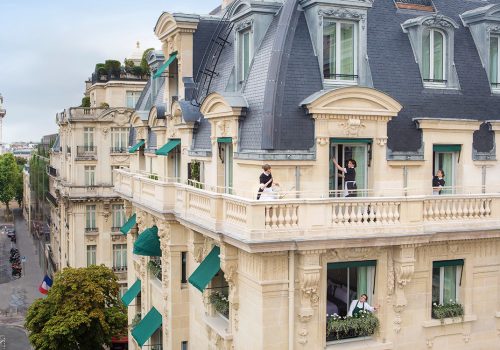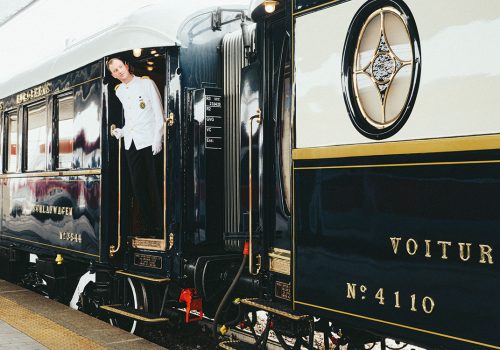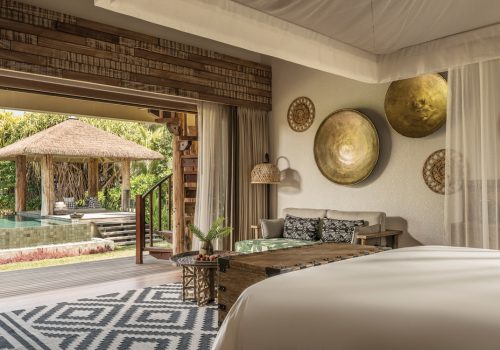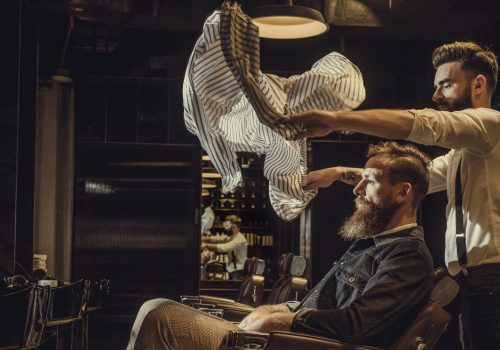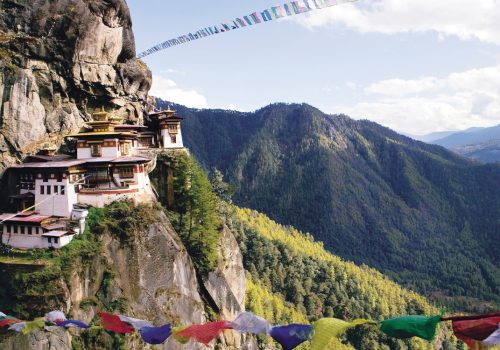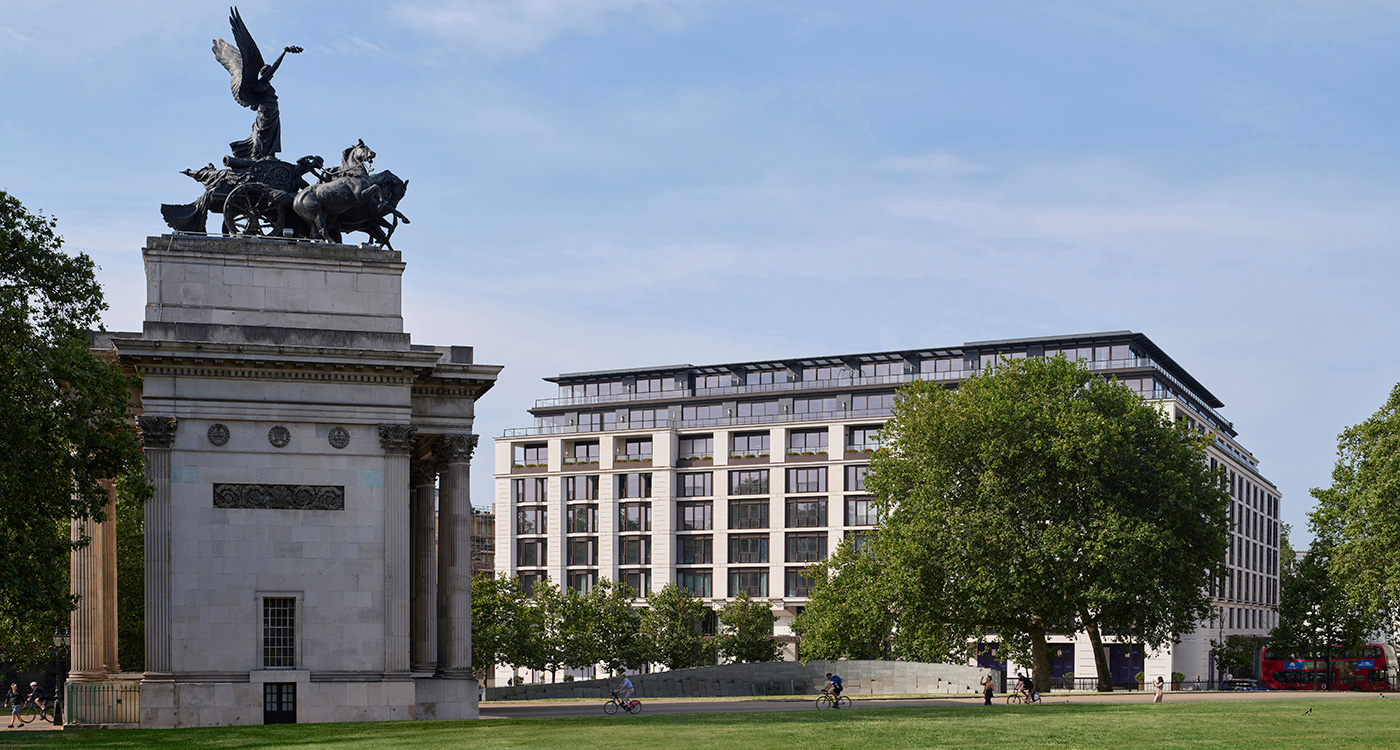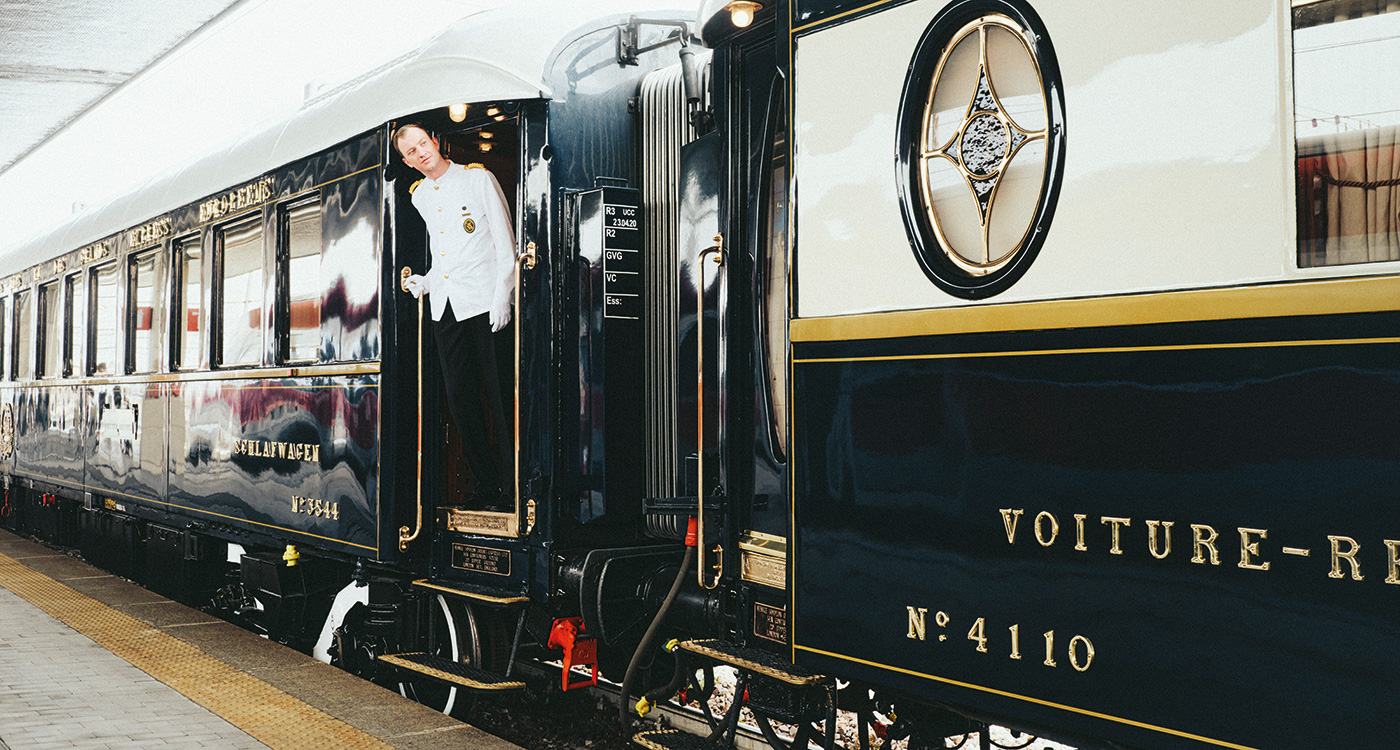Dinner on Turtle Island can be quite an experience. You can never be sure just who’ll be sitting beside you. Guests over the past few years have found themselves chatting with Ringo Starr and Barbara Bach, Eddie Van Halen and Valerie Bertinelli, Axl Rose of Guns’n’Roses, bad boy actor Rob Lowe, Heather Locklear, John Cleese, Rupert Murdoch, the Duke of Roxburghe, Brooke Shields and members of Australia’s billionaire Packer family.
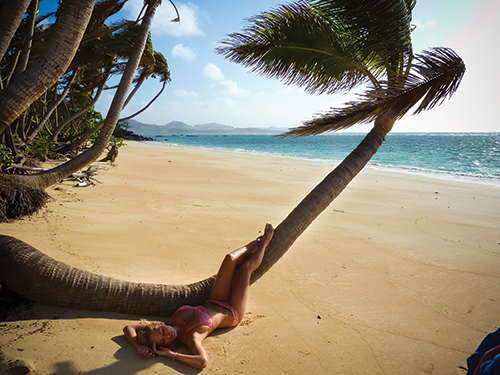 I have been going to Turtle Island for many years, but the first time I took my place at the long dining table on the sand beneath a shimmering Pacific sky, it was the late 1980s and I turned to face the ‘All-American girl’ – braided blonde hair, sparkling blue eyes, perfect skin, glistening teeth and designer clothes. With her was her new husband, a football coach at UCLA. They were honeymooning and you could almost catch cupid’s arrows.
I have been going to Turtle Island for many years, but the first time I took my place at the long dining table on the sand beneath a shimmering Pacific sky, it was the late 1980s and I turned to face the ‘All-American girl’ – braided blonde hair, sparkling blue eyes, perfect skin, glistening teeth and designer clothes. With her was her new husband, a football coach at UCLA. They were honeymooning and you could almost catch cupid’s arrows.
When I cordially told her that she was fortunate to be honeymooning at the world-famous Turtle Island Lodge, she gushed, “Yes, it was wonderful of Burt.” Burt who? “Burt Reynolds, he paid for it. He’s marrying mum soon.” It transpired that my fellow diner just happened to be the daughter of actress Loni Anderson, and Burt was about to become her stepfather. That union has since dissolved.
Around the turn of the new millennium, I was at the beach bar one lazy afternoon and having recently returned from Vietnam, I was relating a tale about wandering around the precincts of the infamous ‘Hanoi Hilton’ jail. A soft voice interjected from behind me: “I was a guest there for a long time and for the first couple of years they gave me my own room.” It belonged to Arizona senator John McCain, who went on to recount how, as a young pilot, he had been shot down over Hanoi soon after America entered the war and thrust into solitary confinement. McCain’s three youngest children were conceived on Turtle Island so it later came as no surprise to hear that soon after he threw in the towel in his battle against George W. Bush for the Republican Party nomination for U.S. presidency, he headed straight to Turtle for recuperation.
There is never a shortage of interesting guests on Turtle; the sort of guests who tend to become lifelong friends. But even if you were to arrive during an accountant’s convention there would still be owner Richard Evanson who, when you can nail him down, tells stories as enchantingly and effortlessly as a favourite uncle. Tales rich in self-effacing humour and priceless anecdotes, which remind you that the very fabric of Asia and the Pacific is interwoven with salty, rakish dreamers and romantics from Europe and the New World, adventurers who drifted east in search of fortune and freedom.
In this frantic age it may seem that those great characters that inspired writers from Maugham to Michener have disappeared and the world is poorer because of it. Not entirely. In ‘Asian Portraits’, wanderer Harold Stephens contends: “In other times things moved slower so these people stood out. On a six-week sea voyage you got to know everybody on board. Today you may be sitting next to the most amazing character on a jet plane but barely have the chance to exchange a few words.”
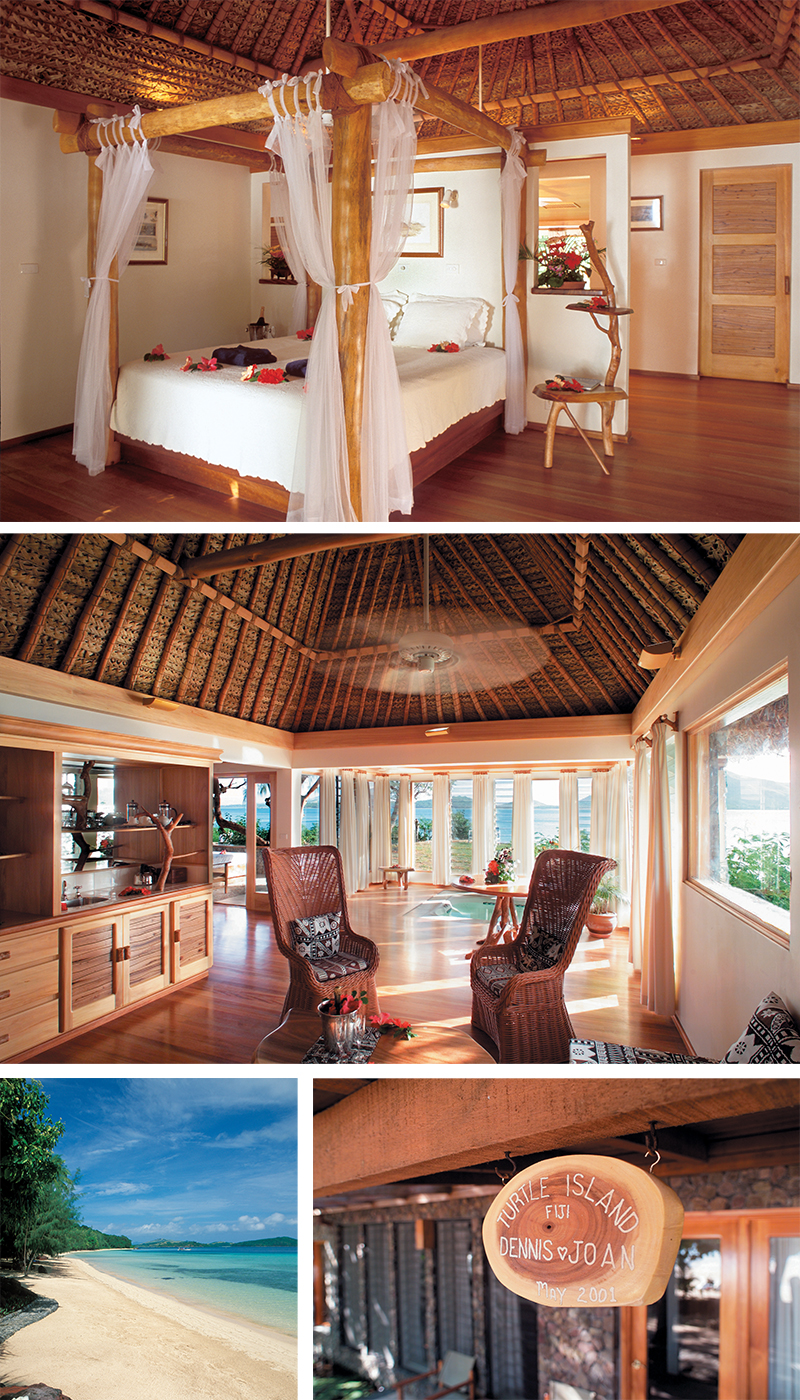 Ever since Evanson opened his private island – where both the Blue Lagoon movies (Jean Simmons, 1949 and Brooke Shields, 1980) were shot – for a select group of guests, almost forty years ago, Turtle has been spoken of in hushed tones by those who are fortunate enough to share its solitude and splendour for a week or two.
Ever since Evanson opened his private island – where both the Blue Lagoon movies (Jean Simmons, 1949 and Brooke Shields, 1980) were shot – for a select group of guests, almost forty years ago, Turtle has been spoken of in hushed tones by those who are fortunate enough to share its solitude and splendour for a week or two.
As part of the Fijian Yasawa Islands, just a 30-minute seaplane ride from Nadi Airport, Turtle is Pacific perfection. Evanson has done more than create one of Oceania’s most seductive retreats. He has created a model of environmental responsibility on his 200 hectares demonstrating his wide-ranging interests in ecology, agriculture, animal husbandry, science and even water divining. And the rest of the world is taking note.
Graced with fourteen beaches, lush vegetation and mountain peaks, Turtle gives new meaning to the word exclusive. There are only fourteen superbly appointed burés on the island (stone-and-wood thatched cottages), accommodating a maximum of that many couples at any one time. Treated more like members of the Evanson family than visitors, these guests come to have their fantasies fulfilled.
Fantasies like riding a horse along a white sand beach at dusk, deep sea fishing at dawn, wolfing down crab omelettes at breakfast, adventuring through a mangrove swamp, playing Robinson Crusoe on an untouched beach with a hamper of lobster and champagne, sipping fine wines while lying in a giant hammock on a high bluff with a 180-degree view of a tranquil Pacific Ocean, catching a pure choral rendition by nearby island children, mastering the pursuits of windsurfing, canoeing, bush walking, bicycling, snorkelling and reef walking, or just curling up under a palm tree with a worthy book can materialise.
At night, sitting by romantic hurricane lamps under a canopy of stars, guests sip clear, fresh and fragrant Turtle Island Broth, the first of many exquisite dishes. These are planned and often personally prepared by Australia’s much-awarded French-born ‘Restaurateur of the Year’ Jacques Reymond, with his passion for “clear, unadulterated flavours”. But such luxury doesn’t come cheap.
Evanson unashamedly charges “what the market will bear,” which at the moment is around 2,050 USD per couple per night, totally inclusive of food, drinks, facilities, fishing trips, amenities and everything else beyond the seaplane transfer and shell purchases from the villages of neighbouring islands. One Sydney publisher who visits regularly puts it this way: “When you desperately need two weeks holiday but you only have one week to spare, Turtle is the only place to go.”
Richard is choosey about his guests. He sees his private domain as the ultimate dinner party and tries hard to ensure that the same unforced camaraderie and stimulating exchange of conversation occurs. “I don’t have singles,” he explains, “because I don’t want some guy on the pull and all the other males worrying about losing their partners. I even said no to Robert Redford for that reason – even though my female staff nearly strung me up for it! Also, if a guest doesn’t speak English they may feel isolated and that would make everyone else uncomfortable. I have a minimum stay of five days as I want my staff to develop quality relationships with the ‘visitors’, who are very important in Fijian culture.”
Relationships and experiences are so rewarding that it is not unknown for hardened businessmen to shed a tear on the dock as they leave. Hot shot rock guitar wizard Eddie Van Halen was so entranced that he sent down two guitars to the island upon his return home. They are now used by the gentle Fijian staff to serenade guests after dinner. Ringo Starr has been known to wander down the dock and greet incoming guests he’s never met; Rupert Murdoch helped serve dinner one night; and Australian 60 Minutes reporter Jennifer Byrne was married on the island in a spectacular native ceremony.
Amazingly though, none of the guests are ever as remotely fascinating as the host. There are memorable nights when Richard Evanson takes his place at the head of the long dining table, kava bowl in hand, and dryly delivers incredible stories, polished to comic perfection over years of telling. The old hands know which tales to ask for, while newcomers just go with the flow. His tale of discovery in the hills is just one example. Once, having paid a water diviner 10,000
USD to select sites and dig bores by pure scientific process, he went jogging one morning and followed a rainbow to its end, then insisted the specialist change his plans and dig right there. The bore has been delivering at least 3,000 gallons a day since.
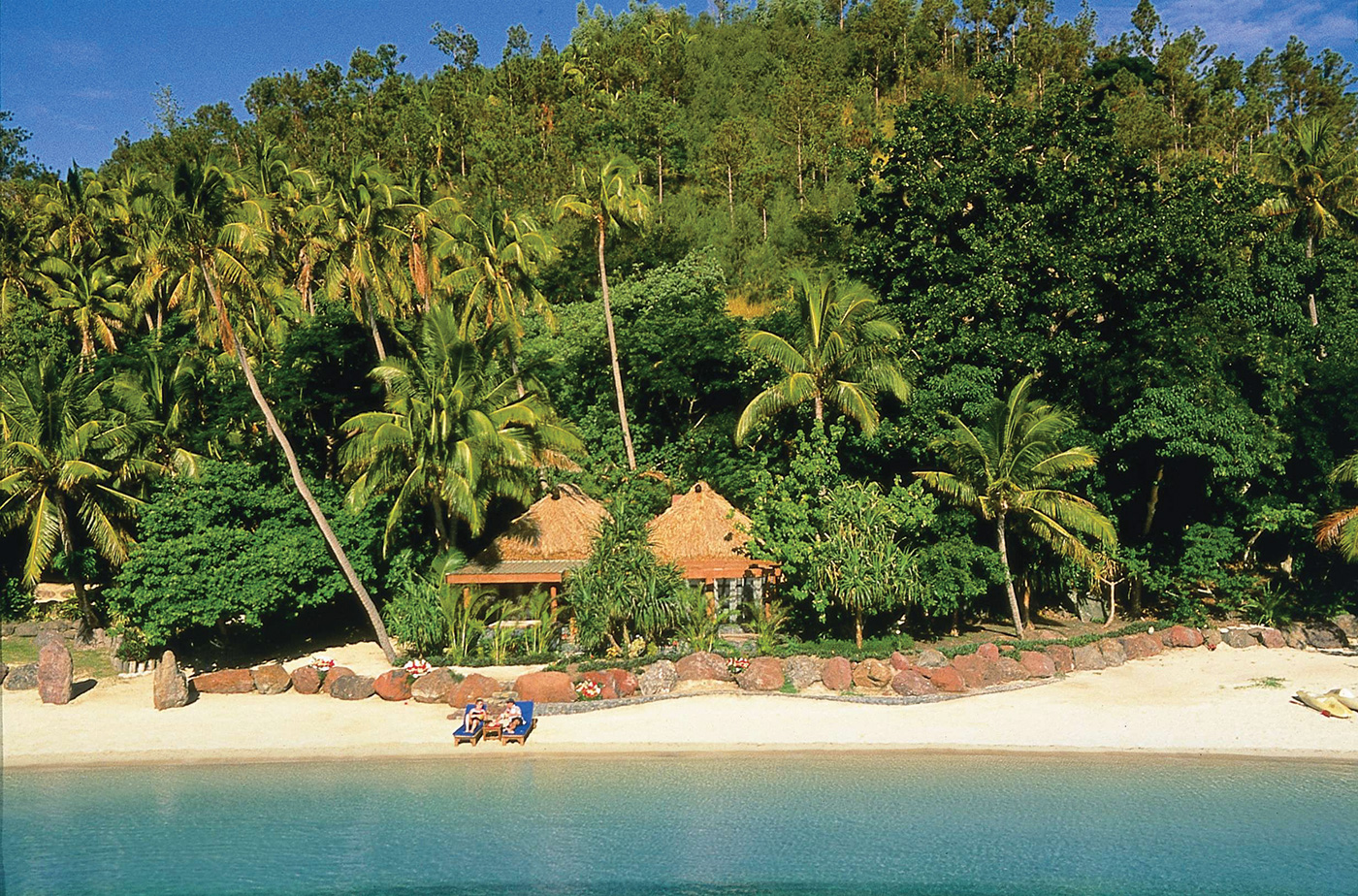 This Oregon high flyer in his late seventies, with a degree from Harvard Business School, made and lost millions before landing in Fiji on an unplanned spin through the Pacific in search of solace after a splintered romance. He cobbled together half a million U.S. dollars to buy Turtle in 1972. Soon after, he was offered an unbelievable 22 million USD in cash and gold for it by a leading German industrial family. He didn’t have to think long about the offer. Turtle is his home and will stay that way, perpetuated by a 500-year trust, which passes on ownership and control to his three children born to Fijian women.
This Oregon high flyer in his late seventies, with a degree from Harvard Business School, made and lost millions before landing in Fiji on an unplanned spin through the Pacific in search of solace after a splintered romance. He cobbled together half a million U.S. dollars to buy Turtle in 1972. Soon after, he was offered an unbelievable 22 million USD in cash and gold for it by a leading German industrial family. He didn’t have to think long about the offer. Turtle is his home and will stay that way, perpetuated by a 500-year trust, which passes on ownership and control to his three children born to Fijian women.
Turtle has become so integral to the social, economic and cultural well-being of the Yasawas that it is hard for even the old-timers of the region to recall a time when Evanson – now seen as a chief in his own right – wasn’t there. These days, he funds schools and libraries and has specialist eye surgeons from California who regularly set up a beachside clinic and restore sight to scores of local villagers.
American dentists also spend weeks on the island coating children’s
teeth and attending to adult problems.
Then there are the island’s turtle release ceremonies, which have been attracting guests for decades. “Over the years we’ve released many hundreds of turtles back into the sea. The local people catch them while fishing or diving and bring them to us. We’ve never eaten one but we do pay at least 50USD each and then use them as an excuse for a picnic or party. First we ‘auction’ the turtles off to the guests and then we get our engraving machine and carve the names of the winners on the shells. Then we all climb into a big boat, go out to sea and release them. Of the hundreds we’ve let go, only a handful have ever been caught again and, in each case, the names and dates can be read clearly. In these situations everyone wins – the turtles live, the villagers get some money and the guests feel good for having helped preserve something wonderful.”
Turtle, with its seemingly timeless appeal, is constantly changing at the hands of its tireless and often far-sighted owner. Guests have long gone to the island for relaxation, good company and fine food. But, in time, they all fall under the spell of the extraordinary Evanson Experiment. “Turtle Island is evolving in a way where human use is coming into even greater harmony with nature,” observed independent Redwood City analyst Arthur Burton after a full environmental audit of the island was undertaken in 1994. “This is so rare on the planet today. Human activity on the island is actually enhancing this harmony and it appears in all
respects to be the primary driving force of the Turtle Island Organisation.”
It wasn’t always so. When Richard took the island over it was desolate and barren, the vegetation destroyed by free-ranging goats. With the cooperation of Fijians from neighbouring islands, he reestablished the indigenous plants and encouraged the return of indigenous wildlife. “I decided in 1980 that I wanted to share my
dreams and fantasies with other people. But because I run the show, I don’t have to take orders from anyone. This place couldn’t be run by a corporation because they have to do what’s in the best interests of the shareholders to get maximum return on investments. I’m not interested in the profit motive. I only want a return on my feelings for the island and its ecology. I pour every cent I’ve made into helping nature improve its performance. I’ve planted well over 250,000 trees since I’ve been here. I’ve bred rare birdlife and discovered how to collect and preserve water. That’s my reward.”
Even guests who don’t have the slightest interest in the environment are delighted by what is taking place around them as they laze, laugh and linger. Evanson’s vision is inspiring though never, from a guest’s point of view, intrusive. The enduring attraction of Turtle is that it leaves you something more, intangible but inestimably worthwhile.


